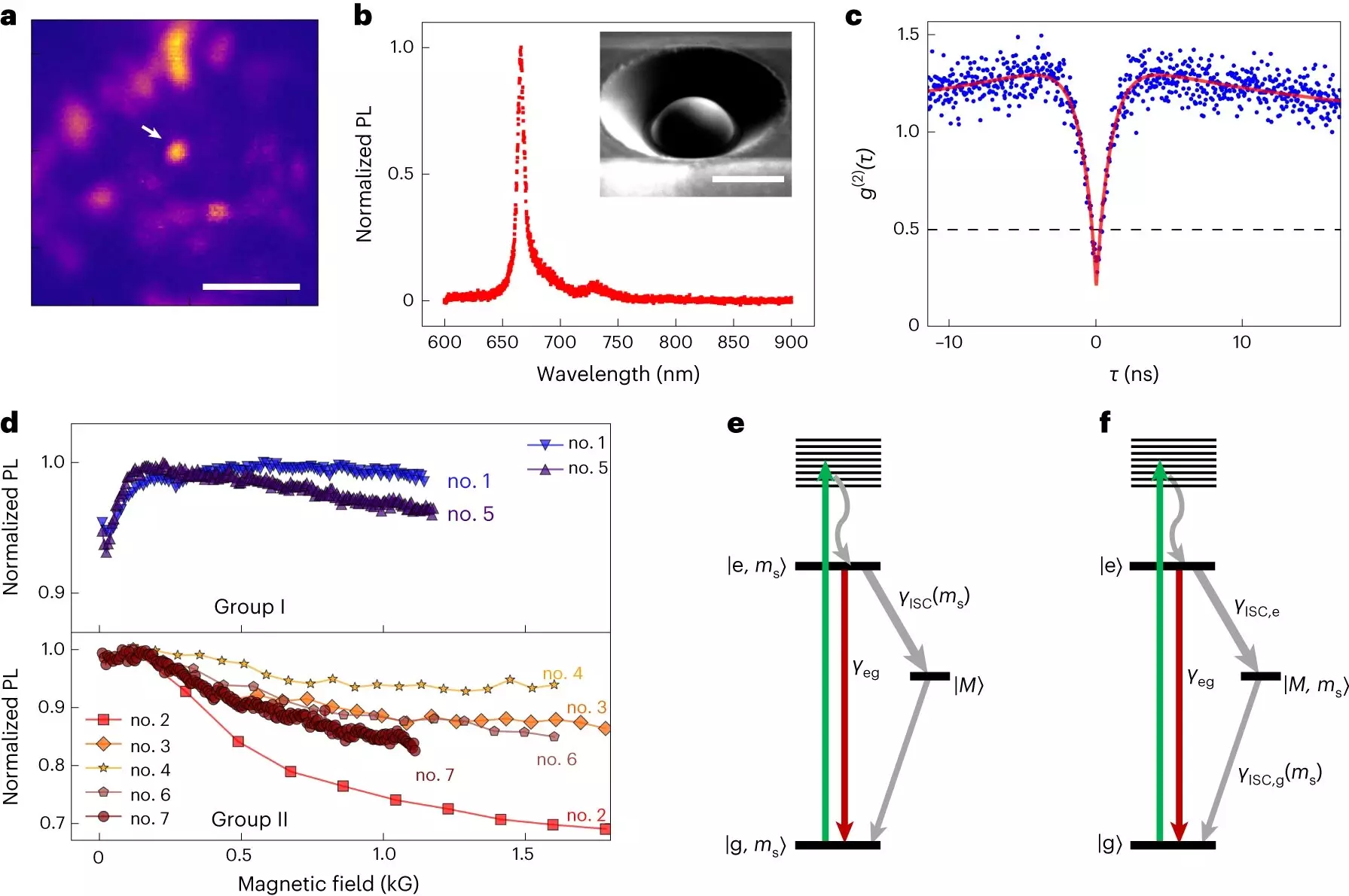Defects in semiconducting materials like diamonds have long been regarded as a nuisance, disrupting the perfect arrangement of atoms. However, scientists have recently discovered that these defects can actually be harnessed as quantum sensors. This is because some defects contain electrons with a spin, or angular momentum, which can store and process information. In a groundbreaking study led by Greg Fuchs, Ph.D. ’07, professor of applied and engineering physics at Cornell Engineering, researchers investigated the potential of defects in the semiconductor gallium nitride (GaN) for quantum applications. Surprisingly, they found not one, but two distinct species of defects that could be manipulated for future quantum technologies.
Exploring Gallium Nitride
Gallium nitride is a mature semiconductor that has been extensively utilized in wide bandgap high-frequency electronics. Despite its widespread use, little attention has been given to its potential for quantum applications. Fuchs and his team decided to delve into the world of defects in gallium nitride, teaming up with Farhan Rana, the Joseph P. Ripley Professor of Engineering. Their goal was to identify and characterize defects in the material that could exhibit the desired spin degree of freedom.
Using confocal microscopy and fluorescent probes, the researchers were able to identify and locate the defects in gallium nitride. They then conducted a series of experiments to better understand the properties of these defects. One important aspect they investigated was how the defect’s fluorescence rate changed with respect to magnetic fields. Additionally, they utilized a small magnetic field to drive the spin resonant transmissions of the defects. These experiments provided valuable insights into the behavior of the defects, but also raised further questions that required additional investigation.
The experiments revealed that gallium nitride had two types of defects with distinct spin spectra. In one type, the spin was coupled to a metastable excited state, while in the other type, it was coupled to the ground state. The researchers observed significant fluorescence changes of up to 30% when driving the spin transition of defects coupled to the ground state. This large change in fluorescence contrast is relatively rare for a quantum spin at room temperature. From a technological standpoint, this is highly desirable, as it enables fast and efficient measurements.
To further explore the potential of these defects, the researchers performed a quantum control experiment. They were able to manipulate the spin of defects coupled to the ground state and demonstrated the existence of quantum coherence. Quantum coherence is a crucial property for the development of quantum bits, or qubits, which are the building blocks of quantum computing. This observation opens up exciting possibilities for the use of gallium nitride defects in future quantum technologies.
The discovery of defects in gallium nitride that possess a spin degree of freedom is a significant step forward in the field of quantum technology. The ability to manipulate and control these defects could potentially lead to the development of advanced quantum sensors, quantum networks, and quantum computers. However, there is still much work to be done in order to fully understand and harness the power of these defects. The study by Fuchs and his team has raised more questions than answers, creating opportunities for further research and advancements in the field. As scientists continue to explore and exploit defects in semiconducting materials, the possibilities for quantum applications are becoming increasingly within reach.


Leave a Reply